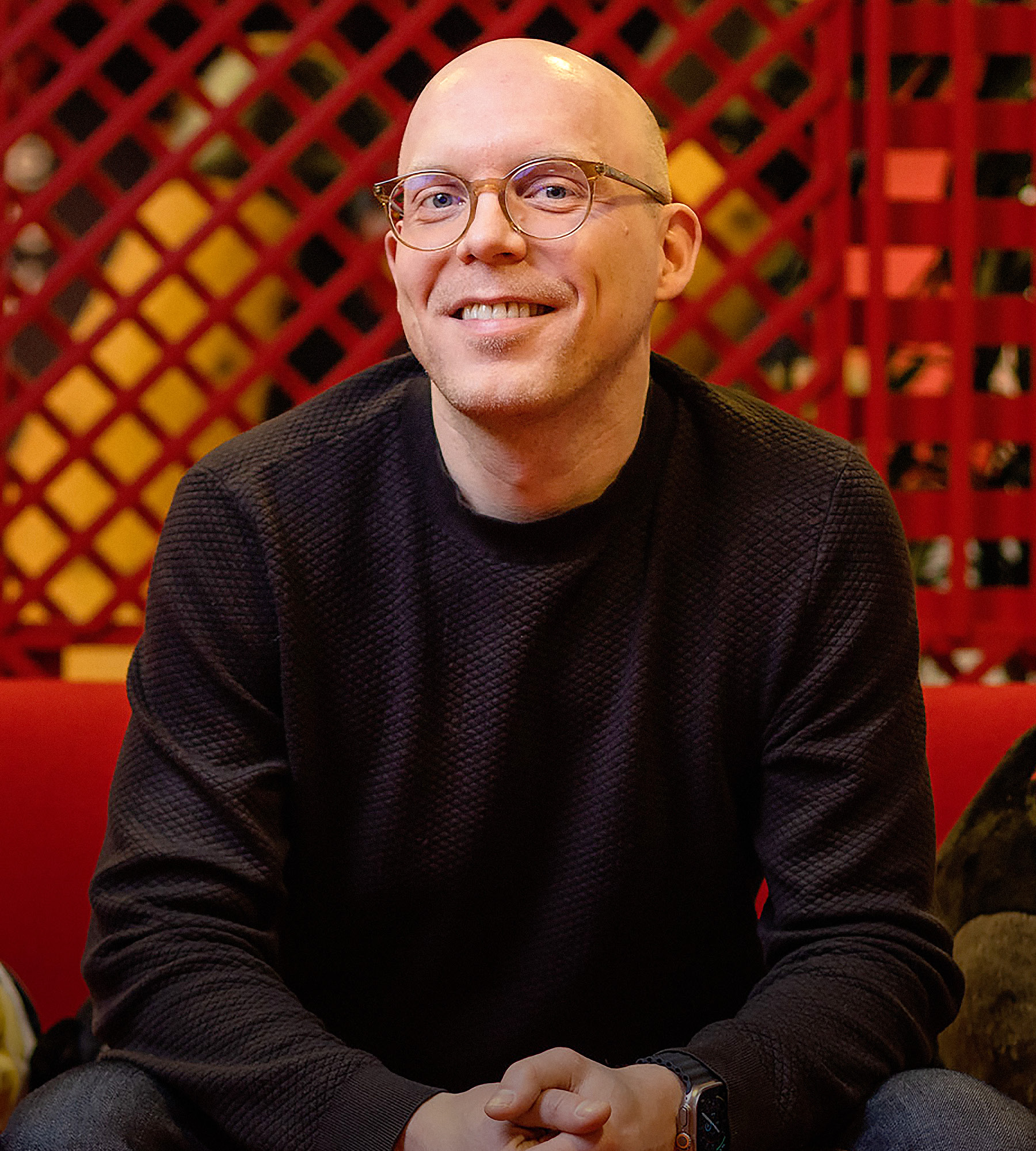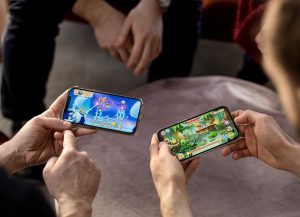Language
You can read the magazine in one of the following languages
Every year, the team from Rovio Entertainment Corporation takes to the streets in a number of key countries to ask people if they recognize the company’s star character – short-tempered Red from its flagship mobile game Angry Birds. The answer in most cases is a resounding yes.
In fact, brand awareness of Angry Birds sits at about 95 percent, CEO Alexandre Pelletier-Normand says, with the game proving even more popular now than when it was launched 14 years ago.
To maintain this brand awareness, the Finnish mobile game developer is breathing new life into the product, taking it to new platforms to attract a wider audience. “It’s really high, but we want it to stay high and we want to also convert this awareness into people engaging with our brand,” he tells The CEO Magazine.
It represents a change of direction for Rovio and for the mobile gaming industry as a whole, which will traditionally launch a game and see an intense burst of interest, followed by a steady decline.
But Pelletier-Normand noticed that users were engaging with Rovio’s games in a different way. “They wanted the games to change, to always bring something new,” he says.

So instead of leaving its games to decline, Rovio decided instead to pursue growth. “We came to the realization that we really have great assets there and that the goal is not to absolutely replace them with new games,” he says.
“Of course we want to work on new games, but we also want to make sure that we bring existing games to their full potential and create more content for those games.”
Rovio doubled down on its live operations, on maintaining its games, putting more content within them and making them available to even wider audiences, according to Pelletier-Normand. “Once we started doing this, we saw really interesting results,” he says.
“With our Beacon platform we are able to get very granular player behavior metrics and, combined together with the marketing attribution data we get from Singular, we were able to really understand our player base and how best to drive our games business forward.”
Many key insights also come through partnerships, including with Singular, which provides the marketing attribution data that he says helps drive its game business forward. It’s a relationship that has grown and strengthened over the six years the two companies have been working together.
“Rovio does invest a lot of resources in building internal tooling for user acquisition, but this is built on top of the offering Singular provides to us,” he says. “There’s been a lot of shared learning through collaborative development.”
Last year was a record year for Rovio’s top money spinner, Angry Birds 2, seven years after it was first released. Its second biggest game, Angry Birds Dream Blast, which was released in 2019, grew 33 percent in the last quarter of 2022 and continues to grow.
The Angry Birds brand is already popular with older audiences who have played the game on their devices and with a younger generation that recognize Red from the popular animated TV show on Netflix.
However, Pelletier-Normand admits there is a gap between those two demographics. Gen Z, which sits somewhere in between, is more indifferent, which is something he hopes to tackle with the launch of a new game for PC and console.
“That’s something we want to work on, because we know that age is a critical moment, where the fandom gets created,” he says. “We want to make sure that we have something for that part of the population.”
The project is being tackled by Rovio’s new studio in Montreal, Canada, which was created specifically for the task. Pelletier-Normand recognized that Rovio didn’t have the necessary expertise to build it at its existing studios.
Its tally of studios has risen dramatically since Pelletier-Normand, originally brought on board as Executive Vice President of Games in 2019, was promoted to CEO at the start of 2021. Those two years have seen the launch of six new studios, taking the company’s overall tally to eight.
“I wanted to expand on things that we know how to do well. We’re really good at doing mobile gaming, especially for casual games, but we’re somewhat limited in our capacity to do this in Finland, because our Puzzle Studio is already the biggest gaming studio in Finland,” he explains.

“Now we’re in a better position in the sense that we have different locations, we have more people that are able to work on what we know best, which is mobile gaming, and we’re also working with one of those studios to bring the brand beyond mobile gaming,” he continues.
As Rovio seeks to builds the Angry Birds brand by establishing Red as the ‘face of mobile gaming’, Pelletier-Normand is confident the future looks bright.
“From generation to generation, we’re seeing more game savviness,” he notes. “People are playing more on their phones, so that’s definitely helping us. Mobile is the platform of choice, just because it’s so present in every part of our lives, and that’s something that will continue.”

